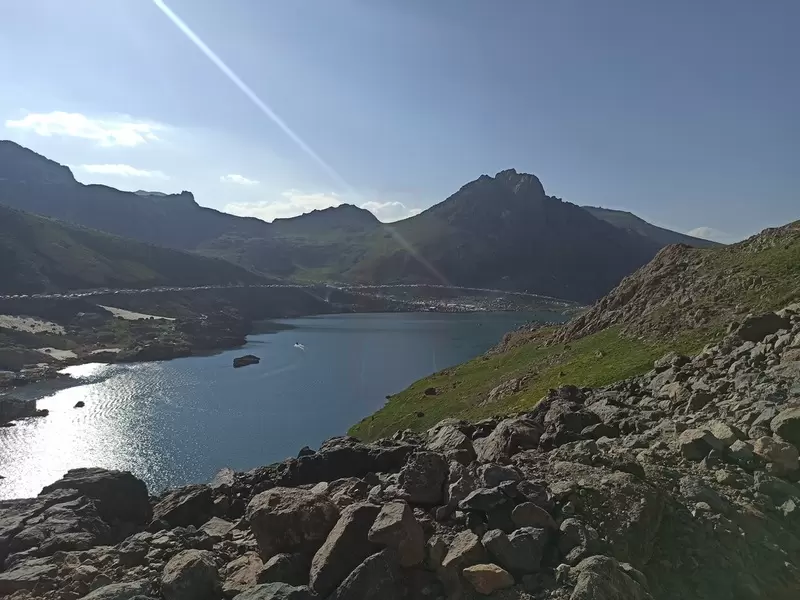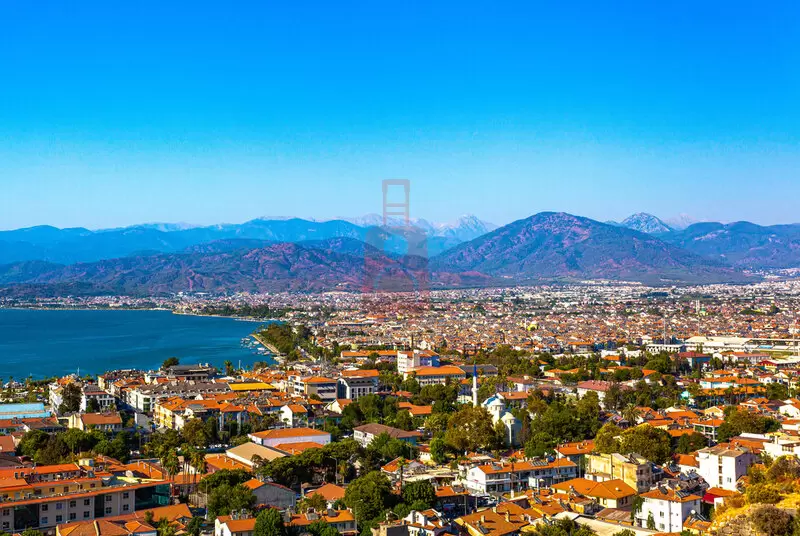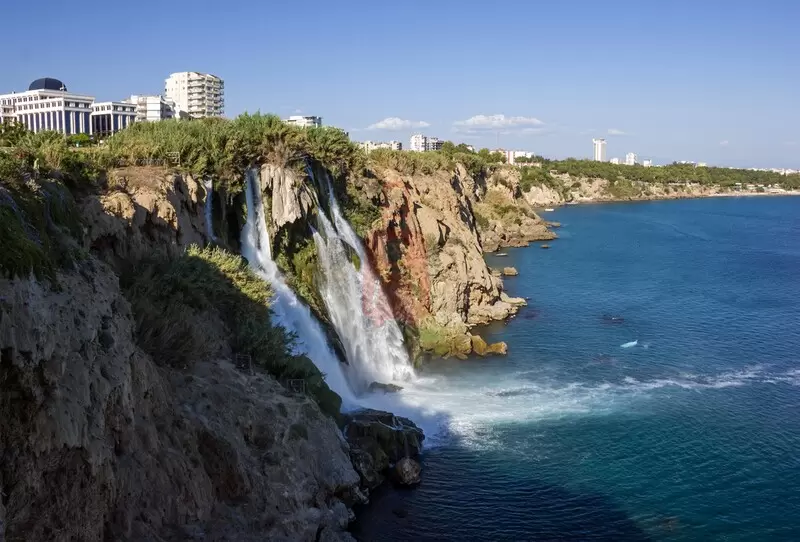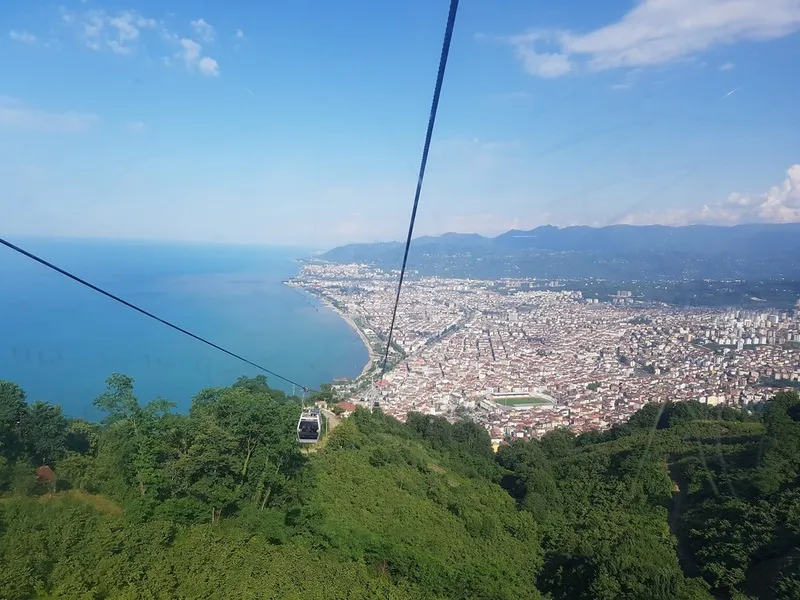
Nestled in the rugged mountains of northeastern Turkey near the border with Armenia lies Cilo Mountain. Rising to over 4,116 m (13,504 ft) , its remote peaks embrace an alpine climate with heavy winter snowfall.
Surrounding Cilo Mountain, dense conifer forests cloaking steep slopes sustain diverse habitats. Glacial streams nourish seasonal wetlands grazed by nomadic livestock during summer months.
Winding trails cross landscapes punctuated by glacial lakes and scoured cirques. Vistas extend over wild terrain towards the arm of Greater Mount Ararat visible to the northeast. Outdoor pursuits include hiking, mountaineering, wildlife watching and sampling foods in high-altitude yayla herder camps.
Further exploration leads to small seasonal villages situated along remote routes through the mountains. Cultural heritage includes archeological caves left by prehistoric inhabitants. Cilo Mountain offers glimpses into Turkey's most isolated eastern frontier livelihoods still practiced today despite the region's harsh beauty. Adventurous treks invite crossing its untouched alpine heights.
Cilo Mountain, also known as Cilo Dağı, is a significant peak located in southeastern Turkey, near the border with Iraq and Iran. Here is some information about Cilo Mountain:
-
Location: Cilo Mountain is situated in the Hakkari Province of southeastern Turkey, part of the larger Taurus Mountains range. It is located within the eastern extension of the Pontic Mountains.
-
Elevation: The exact elevation of Cilo Mountain can vary depending on different sources, but it is generally considered to be around 4,137 meters (13,570 feet) above sea level. It is one of the highest peaks in Turkey.
-
Geography and Landscape: Cilo Mountain features a rugged and majestic landscape characterized by steep slopes, rocky cliffs, and alpine meadows. The mountain is part of a larger complex that includes other peaks like Sat Mountain (Sat Dağı) and Gabar Mountain (Gabar Dağı).
-
Natural Environment: The region around Cilo Mountain is known for its diverse flora and fauna. The mountain is covered in snow for a large part of the year, and its slopes support various alpine and subalpine ecosystems. It is home to a range of wildlife, including wild goats, ibex, wolves, and various bird species.
-
Cultural Significance: Cilo Mountain has cultural significance and is considered a sacred mountain by the indigenous Kurdish population. The mountain and its surroundings have been the setting for various cultural and historical events throughout the centuries.
-
Trekking and Mountaineering: Cilo Mountain attracts mountaineers and outdoor enthusiasts due to its challenging terrain and scenic beauty. The ascent to the summit requires mountaineering skills and proper equipment. Trekking and hiking opportunities are also available in the surrounding areas, allowing visitors to explore the natural beauty of the region.
-
Accessibility: Access to Cilo Mountain can be challenging due to its remote location and rugged terrain. The nearest major city is Hakkari, which serves as a starting point for expeditions to the mountain. It is advisable to plan the visit carefully, ensuring suitable equipment, local knowledge, and necessary permits.
Please note that conditions and accessibility may vary over time. It is recommended to consult with local authorities, experienced guides, or tourism agencies for the most up-to-date and accurate information before planning a visit to Cilo Mountain.










